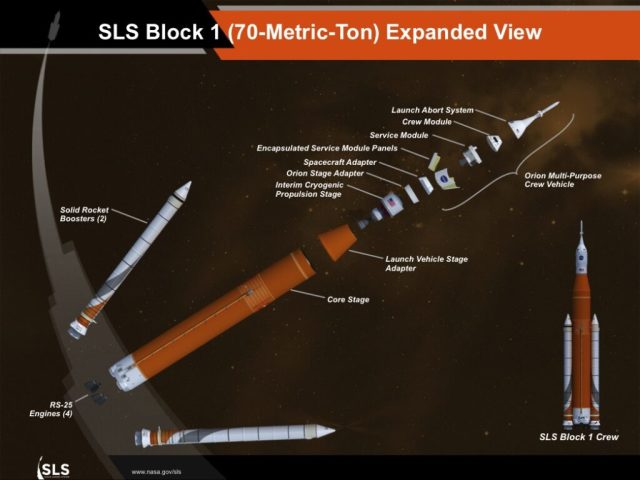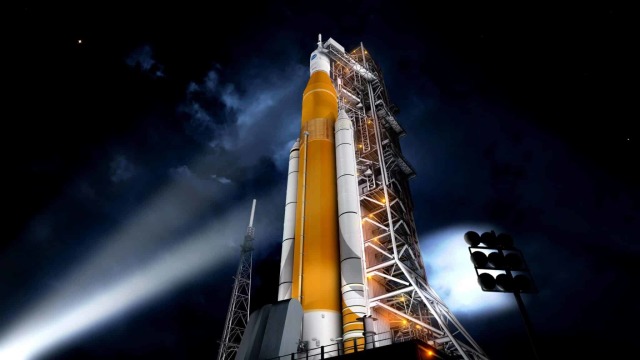The launch took place when few people believed that it would succeed this year — even in the space industry. The twelve-year program of a disposable rocket for several billion dollars risks becoming obsolete against the background of new, much cheaper designs.
The first test launch — the Artemis I mission — took place on November 16, at 09:47:44 Moscow time. The rocket put the Orion spacecraft into orbit, which during a 25-day mission should reach the orbit of the Moon, get closer to it by 130 kilometers, and then return to Earth. The total length of the route is around 1.9 million kilometers. All this will happen in a completely unmanned mode to demonstrate the system's ability to safely deliver astronauts there.
The launch itself can be seen below:
SLS is a superheavy rocket capable of putting up to 130 tons into orbit (up to 70-105 tons in the first versions), which is close or more than even the Falcon Heavy from SpaceX — previously the heaviest flying rocket of earthlings in the XXI century.
The rocket is two-stage, but has additional side boosters. Technically, they repeat the boosters of the Shuttles, but they have been upgraded and made obviously disposable with an increase in thrust by 25 percent. The rocket's main engines run on liquid hydrogen and oxygen — this is the RS-25D/E, an upgraded engine, again, from the Shuttles. Earlier, SLS launches were postponed several times precisely because of problems with fuel for these engines: hydrogen easily leaks out of the tanks, and its leaks were the reason for canceling the launches.
However, unlike the "Shuttles", the SLS was conceived as a one-off: it was done so because the program was started 12 years ago, when NASA was disappointed in reusable structures due to the huge cost and high accident rate of reusable "Shuttles" (14 crew members died in them — more than on all other types of manned space carriers, taken together).
Since then, SpaceX has convincingly shown that reusable carriers can be cheaper than disposable ones, while being quite safe. It is her ships on her own rockets that are now delivering people to the ISS . Under these conditions, many American industry observers question the meaningfulness of the SLS program and the Orion manned spacecraft designed for use with this rocket.
The fact is that the cost of missions for her is huge. The first launch, according to a NASA audit, will cost $2.2 billion for the SLS rocket itself, another billion for the Orion spacecraft, and another 568 million for ground support for the mission. The price of even one SLS is equivalent to several dozen launches of the Falcon 9 rocket. Although the payload of that is several times higher, the cost of removing the load for partially reusable SpaceX carriers turns out to be an order of magnitude lower than that of the SLS.

Basic version of the SLS rocketImage source: Wikimedia Commons
In addition, Elon Musk's company is developing a super-heavy Starship that will be able to put at least 100 tons of payload into orbit. In fact, it is even more load-lifting than the promising versions of the SLS, since its payload does not include the weight of the manned spacecraft (the second stage of the Starship), and the SLS counts the mass of Orion in its payload. The expected cost of launching Starship is below $ 100 million (there are also significantly lower estimates).
Considering all these factors, NASA, which previously planned the lunar program exclusively on SLS, recently signed an agreement with SpaceX, according to which Starship will be used to land astronauts on the Moon.
However, they will be delivered to the Earth satellite by Orion, launched on SLS — apparently, this is how the US National Aeronautics and Space Research Administration plans to remove the question of why they spent $ 23 billion on the development of SLS and $ 26.3 billion on the Orion spacecraft. This $50 billion is significantly higher than the investments received by the private company SpaceX in its entire history.

